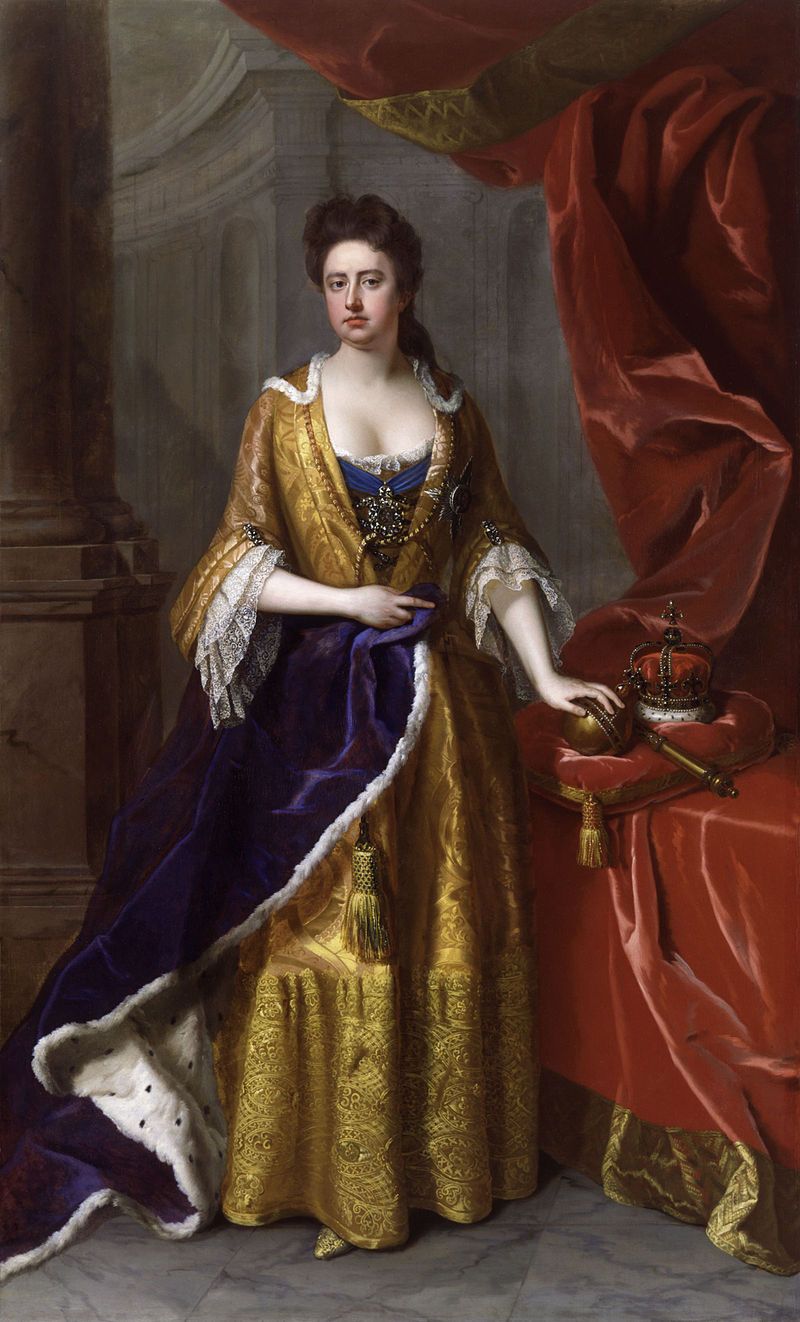Bio by: Kristen Conrad
Inscription
QUEEN ANNE
1714
Family Members
-
![]()
Charles Stuart
1660–1661
-
![]()
Mary II
1662–1694
-
![]()
James Stuart
1663–1667
-
Charles Stuart
1666–1667
-
Edgar Stuart
1667–1671
-
Henrietta Stuart
1669–1669
-
Katherine Stuart
1671–1671
-
![]()
Henrietta Fitz James Waldegrave
1667–1730
-
![]()
James FitzJames
1670–1734
-
![]()
Lord Henry FitzJames
1673–1702
-
Katherine Laura Stuart
1675–1675
-
![]()
Isabel "Isabella" Stuart
1676–1681
-
Charles Stuart
1677–1677
-
Catherine Darnley
1681–1743
-
Charlotte Maria Stuart
1682–1682
-
James Darnley
1684–1685
-
![]()
James Francis Edward Stuart
1688–1766
-
![]()
Princess Louisa Maria Teresa Stuart
1692–1712
-
![]()
Infant Daughter Oldenburg
1684–1684
-
![]()
Mary Oldenburg
1685–1687
-
![]()
Anne Sophia Oldenburg
1686–1687
-
![]()
Infant Son Oldenburg
1687–1687
-
![]()
Infant Oldenburg
1687–1687
-
![]()
Infant Oldenburg
1688–1688
-
![]()
William of Gloucester
1689–1700
-
![]()
Mary Oldenburg
1690–1690
-
![]()
George Oldenburg
1692–1692
-
![]()
Infant Daughter Oldenburg
1693–1693
-
![]()
Infant Oldenburg
1694–1694
-
![]()
Infant Daughter Oldenburg
1696–1696
-
![]()
Infant Oldenburg
1696–1696
-
![]()
Infant Oldenburg
1697–1697
-
![]()
Infant Son Oldenburg
1698–1698
-
![]()
Infant Son Oldenburg
1700–1700
Advertisement
See more Anne memorials in:
Explore more
Sponsored by Ancestry
Advertisement

































